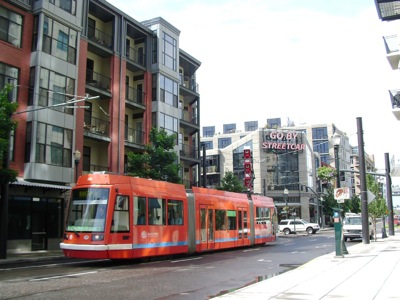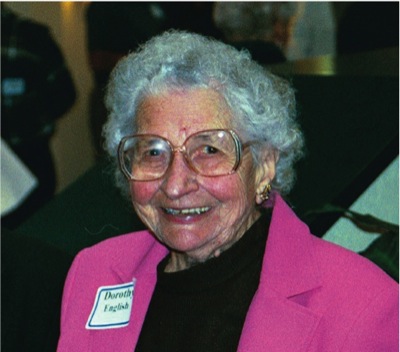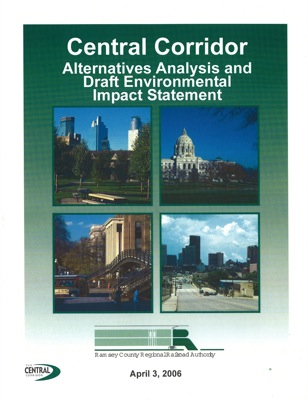Pity the poor city of Portland. It wants to build more streetcar lines, and its Godfather Earl created a special slush fund small starts program in the recent transportation bill for such new rail lines.
Only now the evil Federal Transit Administration (no doubt goaded by the evil Bush Administration) says that it will only give out small starts grants if cities can show that streetcars are more efficient than buses. Waahhh!

Portland’s streetcar passes through the Pearl District, which received hundreds of millions of dollars of federal and local subsidies thanks to Portland’s former godfather, Neil Goldschmidt.
Flickr photo by NeiTech.










